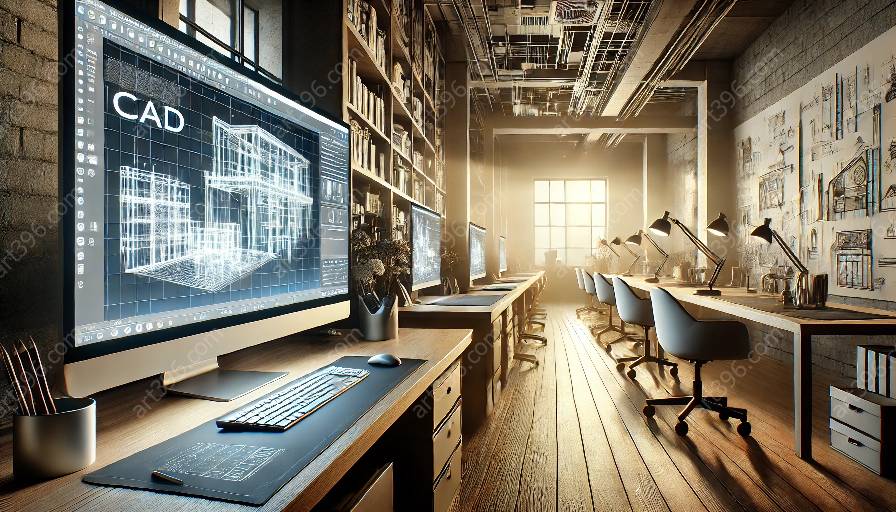Computer-aided design (CAD) has revolutionized the field of architecture, offering unprecedented precision and efficiency. However, its use raises compelling ethical considerations that impact creativity, sustainability, and cultural integrity.
The Impact on Creativity
CAD software empowers architects to translate their ideas into intricate, detailed designs with unparalleled accuracy. However, some argue that reliance on CAD tools can stifle creativity and limit exploration of unconventional design concepts. Creativity in architecture is inherently human and subjective, and there are concerns that over-reliance on CAD may lead to homogenized, utilitarian designs that lack the distinctive touch of human inspiration.
Environmental Sustainability
While CAD can optimize architectural designs for energy efficiency and sustainable material usage, its implementation can also contribute to a culture of excess consumption. The ease of producing multiple design iterations electronically can result in an abundance of discarded concepts, contributing to electronic waste. Additionally, the environmental impact of manufacturing and maintaining the hardware necessary to run CAD software should also be considered, raising questions about the long-term sustainability of the technology.
Cultural Authenticity
Incorporating cultural and historical elements into architectural designs requires careful consideration and sensitivity. CAD's efficiency and precision can lead to rapid replication of designs without fully appreciating the cultural context or significance behind them. This can result in the potential commodification and misappropriation of cultural symbols and architectural styles, raising ethical questions about the preservation and respectful use of cultural heritage in architectural design.
Conclusion
The ethical implications of using CAD in architectural design are multifaceted, touching on issues of creativity, sustainability, and cultural authenticity. While CAD offers unparalleled precision and efficiency, architects must also navigate the ethical complexities to ensure that technological advancements are harnessed responsibly and in harmony with human creativity, environmental stewardship, and cultural respect.









































